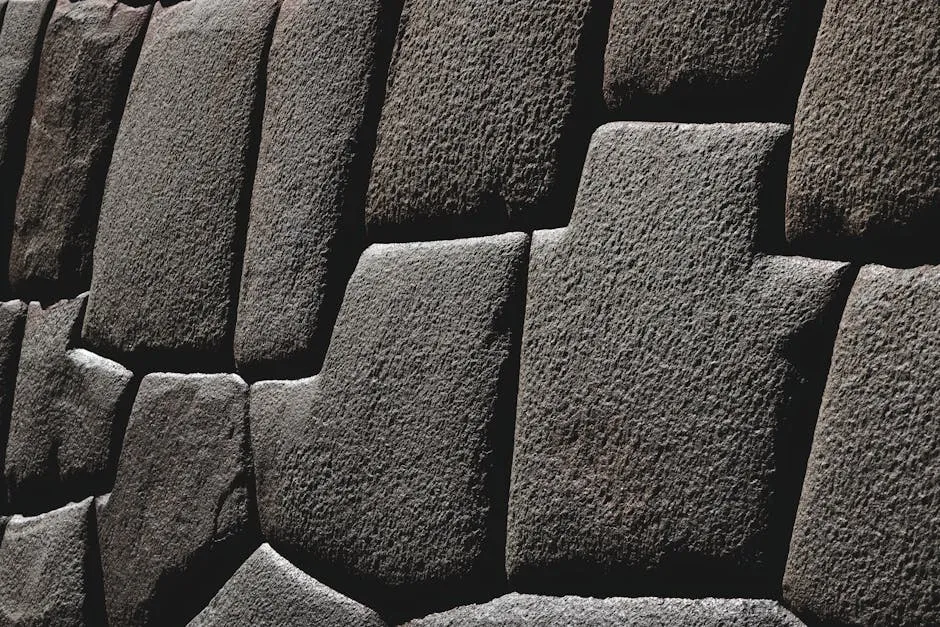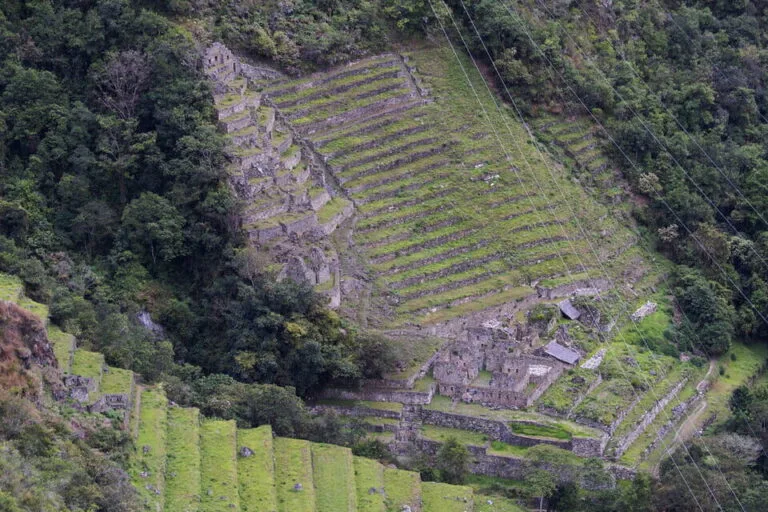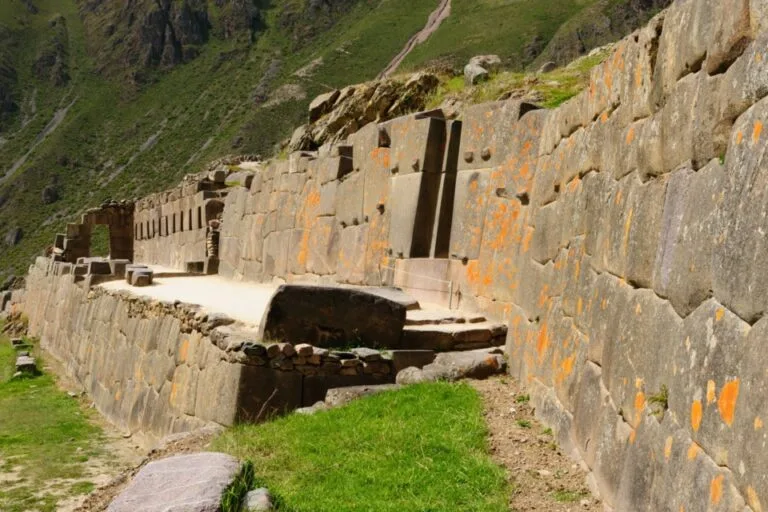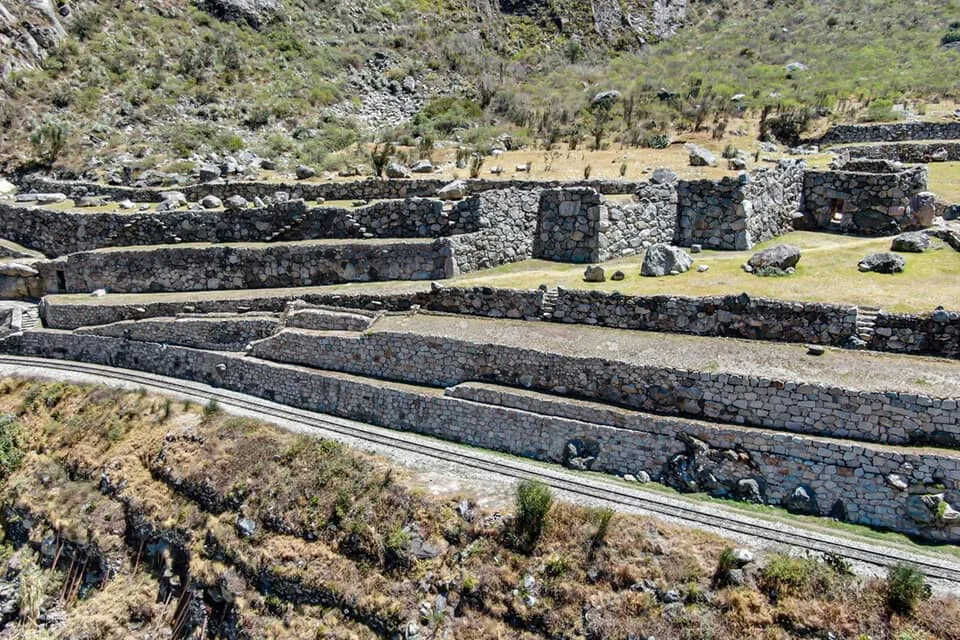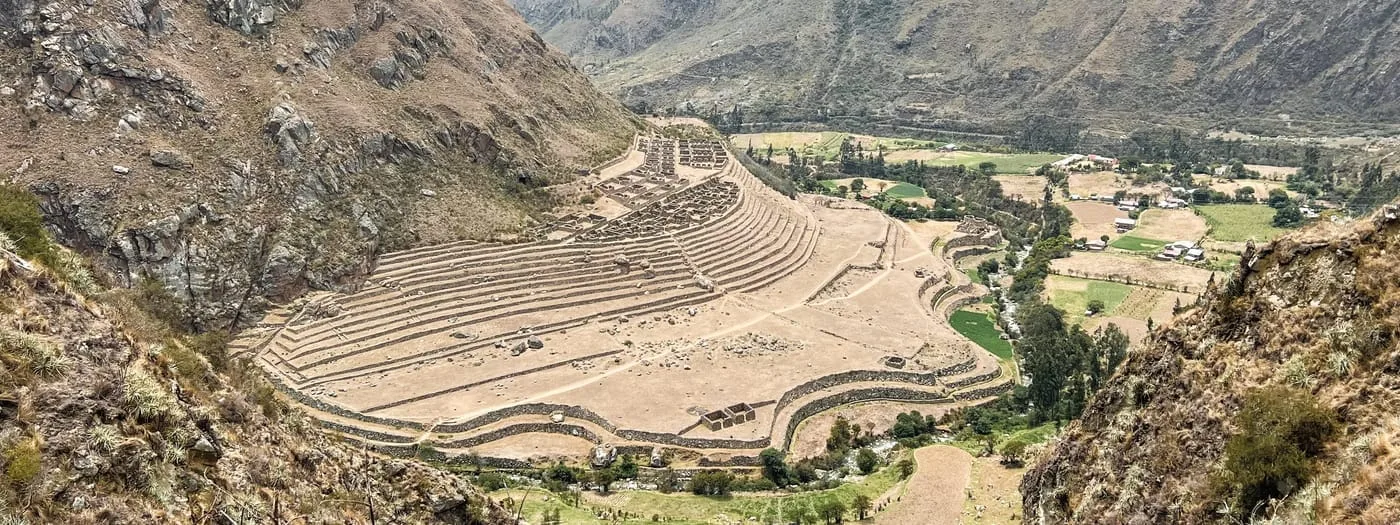Nestled in the majestic mountains of the Sacred Valley of the Incas, the Maras Salt Mines are a natural and cultural marvel. With more than 5,000 salt pools arranged in stepped terraces, this ancestral site offers a unique visual spectacle and a deep connection to Peru’s traditions.
Location of the Maras Salt Mines
The Maras Salt Mines are located in the district of Maras, Urubamba province, in the Cusco region of Peru. Positioned approximately 50 kilometers northeast of Cusco city and at an altitude of 3,200 meters above sea level, the salt pans lie on the slopes of Qaqawiñay Mountain, offering panoramic views of the Andean landscape.
Fascinating History of the Maras Salt Mines
Salt extraction in Maras dates back to pre-Inca times, with evidence from the Chanapata culture (700 B.C.). During the Inca Empire, the salt mines gained significant economic and ceremonial importance. They were managed by the state and used for trade and religious purposes. Under Spanish colonial rule, the mines remained active and adapted to new systems. Today, the salt mines are managed by local communities using traditional extraction methods that have endured for centuries.
Site Description
The Maras Salt Mines consist of thousands of evaporation pools fed by a natural underground saltwater spring. Each polygonal pool is privately owned by local families who maintain and operate them. Salt is obtained through a natural process: the water flows into the pools via channels, where it evaporates under the sun, leaving salt crystals that are harvested by hand. This artisan method reflects the long-standing harmony between people and nature.
Practical Recommendations for Your Visit
- Best Time to Visit: The dry season (April to October) is ideal to appreciate the salt mines in their full splendor, with clear skies and minimal rainfall.
- How to Get There:
- Organized Tour: Many agencies in Cusco offer tours with transportation and guides for a hassle-free experience.
- Public Transport: From Cusco, take a shared van to Urubamba and get off at the Maras turnoff. From there, hire local transport to the site.
- Private Vehicle: Renting a car or hiring a taxi provides more flexibility in scheduling.
- What to Bring:
- Sun Protection: Sunglasses, a hat, and sunscreen are essential due to high altitude and sun reflection off the white pools.
- Clothing and Footwear: Wear light, comfortable clothing and sturdy shoes for navigating uneven paths.
- Water and Snacks: Bring drinking water and light snacks, as on-site food options may be limited.
- Respect the Site: Follow guides’ instructions and avoid restricted areas to preserve the heritage and ensure salt quality.
Frequently Asked Questions about the Maras Salt Mines
1. Is there an entrance fee to visit the Maras Salt Mines?
Yes, an entrance ticket is required. Prices may vary, so check current rates before your visit.
2. Can visitors walk among the salt pools?
Currently, for conservation and safety reasons, direct access to the pools is restricted. However, there are viewpoints to admire and photograph the site.
3. Can I buy Maras salt on site?
Yes, at the entrance and nearby stalls, local vendors offer a variety of salt-based products such as pink salt, bath salts, and crafts.
4. Is it recommended to visit with children?
Absolutely! The Maras Salt Mines are educational and fascinating for all ages. Just supervise children and follow safety measures during the visit.
5. What other tourist attractions are near the Maras Salt Mines?
Nearby are the circular terraces of Moray, an ancient Inca agricultural laboratory, and the charming town of Maras, known for its cobbled streets and colonial doorways.


